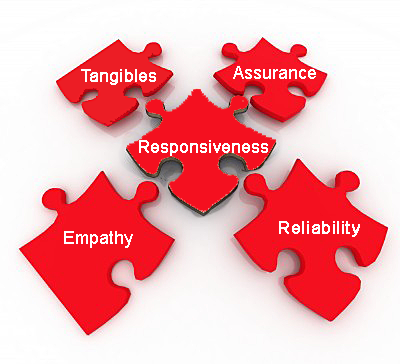 In this blog, we will consider what we can do to transform the service experience by demonstrating our responsiveness. Responsiveness shows our competence and this creates Assurance. Responsiveness shows that we are Reliable and demonstrates that we have Empathy for our customers.
In this blog, we will consider what we can do to transform the service experience by demonstrating our responsiveness. Responsiveness shows our competence and this creates Assurance. Responsiveness shows that we are Reliable and demonstrates that we have Empathy for our customers.
Recall that the name RATER[1] is an acronym with each letter representing the first letter of one of the five key dimensions of service quality. They are:
R eliability: Our ability to provide what is promised, dependably and accurately
A ssurance: Our knowledge and courtesy, and our ability to convey trust and confidence
T angibles: Our physical facilities and equipment, and our appearance
E mpathy: The degree of caring and individual attention we provide to customers
Responsiveness: Our willingness to help customers and provide prompt service
To demonstrate responsiveness, consider what your team can do to demonstrate responsiveness through every customer touch point. For example, does everyone on your team know that responsiveness means being accessible? Do they understand the importance of getting back to the customer in a reasonable amount of time? Are they aware of what accounts for “reasonable” when getting back to customers, colleagues and suppliers?

 In my
In my 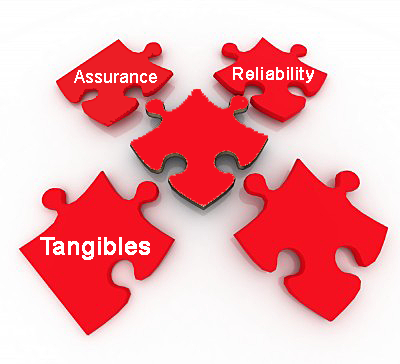 In my previous blog in this series, we discussed how to
In my previous blog in this series, we discussed how to 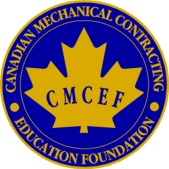 The next and final webinar in the CMCEF Webinar Series is called Maintaining the Service Experience and will take place on Tuesday, February 26th, 2013. On February 12th, 2013, I presented the second webinar in the Transforming the Service Experience series hosted by the Canadian Mechanical Contractors Education Foundation. The Webinar was called Creating the Service Experience. In the webinar, we considered the five key hurdles to successfully engaging our technicians in activities to transform the service experience resulting in more revenues and higher customer satisfaction and retention. The hurdles that can prevent our technicians from doing what we would like them to do are:
The next and final webinar in the CMCEF Webinar Series is called Maintaining the Service Experience and will take place on Tuesday, February 26th, 2013. On February 12th, 2013, I presented the second webinar in the Transforming the Service Experience series hosted by the Canadian Mechanical Contractors Education Foundation. The Webinar was called Creating the Service Experience. In the webinar, we considered the five key hurdles to successfully engaging our technicians in activities to transform the service experience resulting in more revenues and higher customer satisfaction and retention. The hurdles that can prevent our technicians from doing what we would like them to do are: In the last blog post, we discussed
In the last blog post, we discussed 
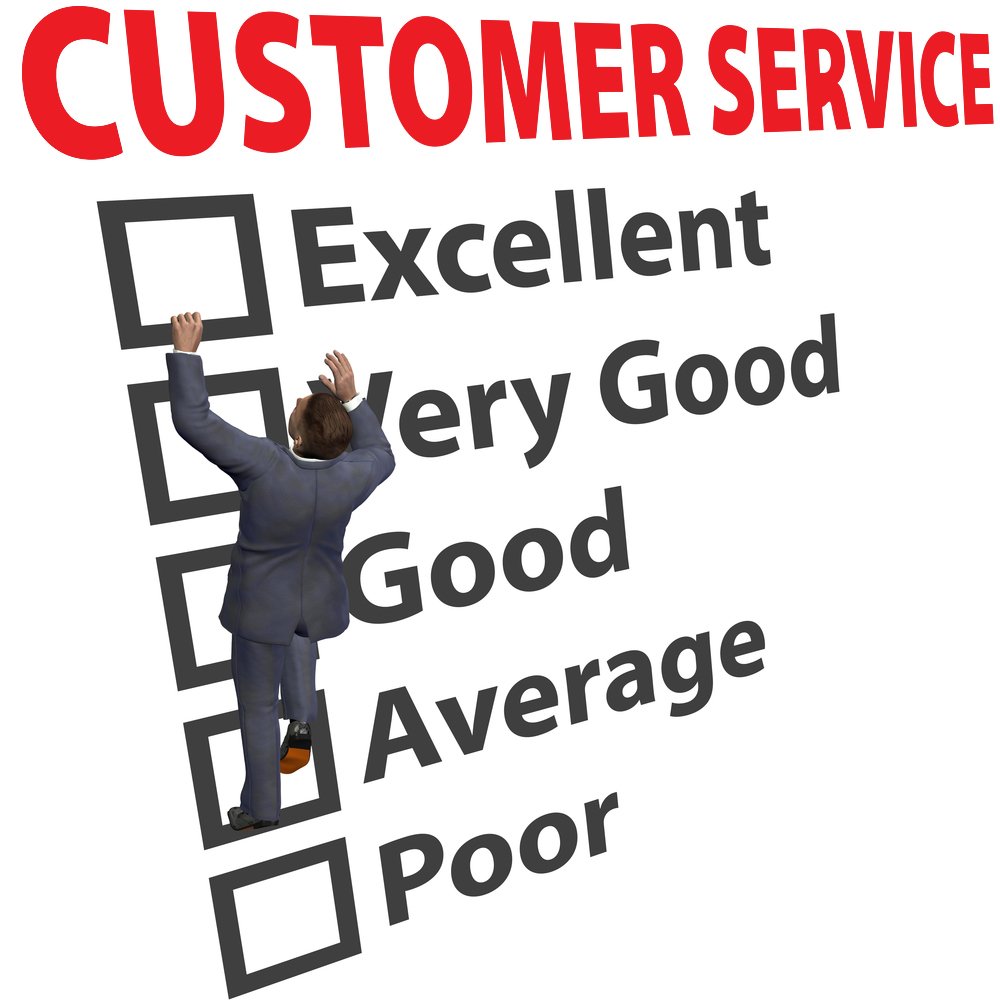 If you want to transform the service experience you create for your customers to one that is valued and enables you to stand out from your competitors, then this will be of interest to you. In this blog we are going to look at the 5 dimensions of service quality and examine how you can use them to define exactly the service experience you want to deliver.
If you want to transform the service experience you create for your customers to one that is valued and enables you to stand out from your competitors, then this will be of interest to you. In this blog we are going to look at the 5 dimensions of service quality and examine how you can use them to define exactly the service experience you want to deliver.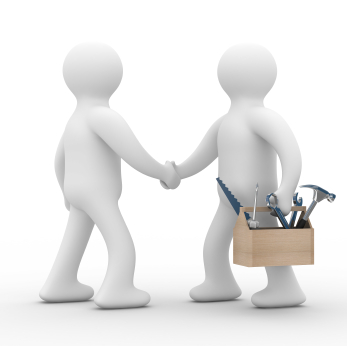 Do you want to increase Revenues Generated by your Techs? Tell them to Stop Selling (and Start Serving)!
Do you want to increase Revenues Generated by your Techs? Tell them to Stop Selling (and Start Serving)!

